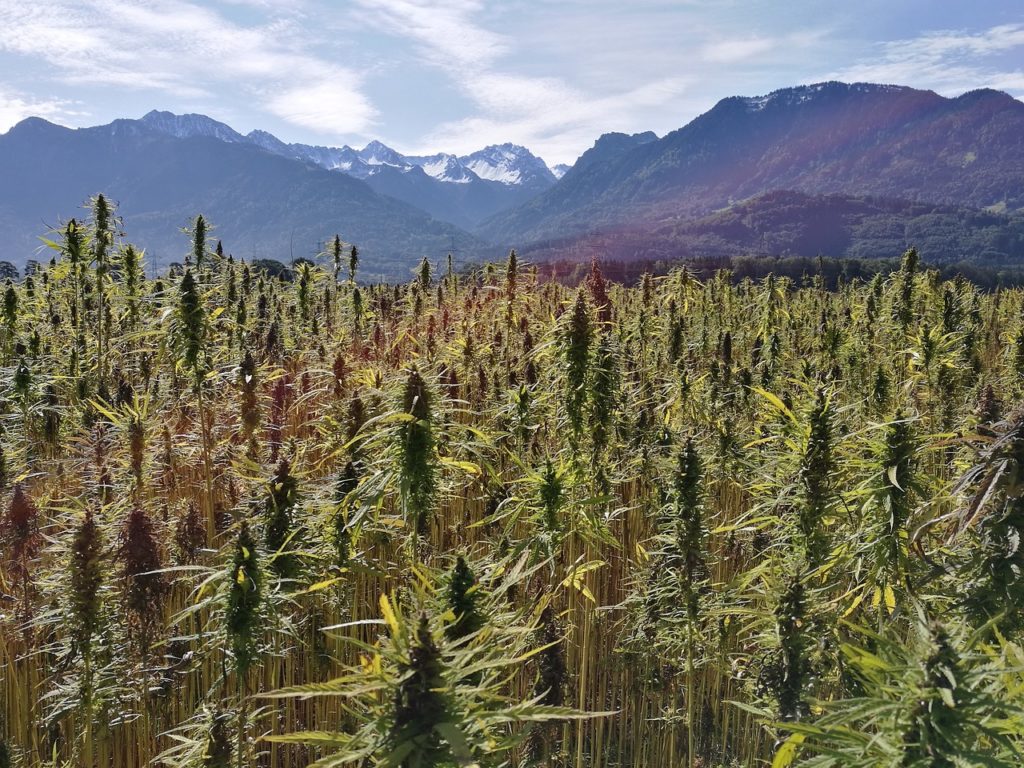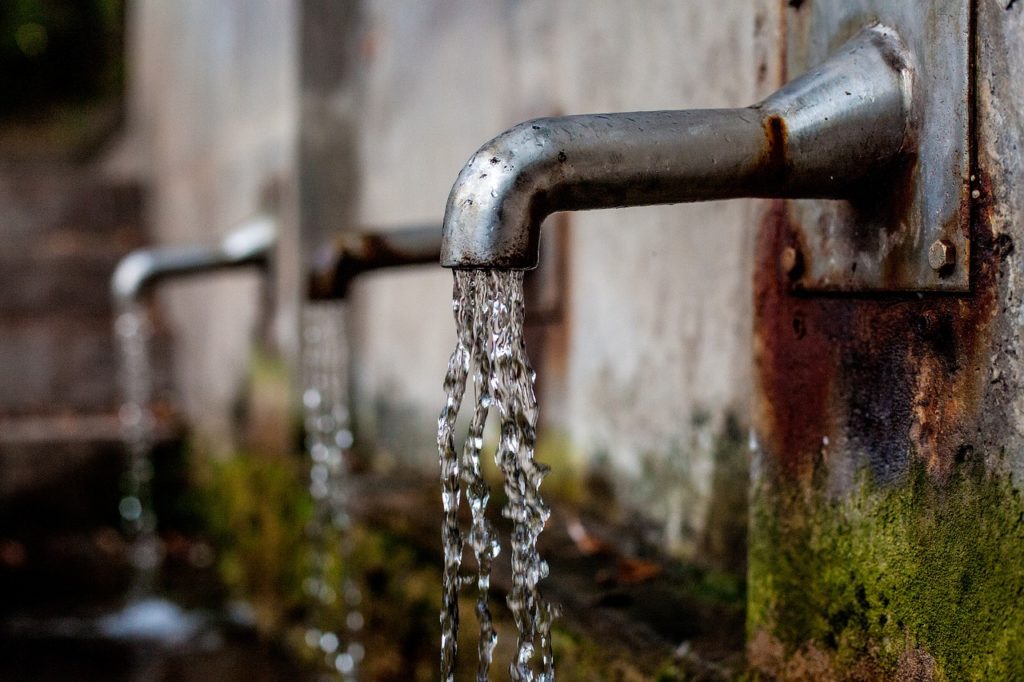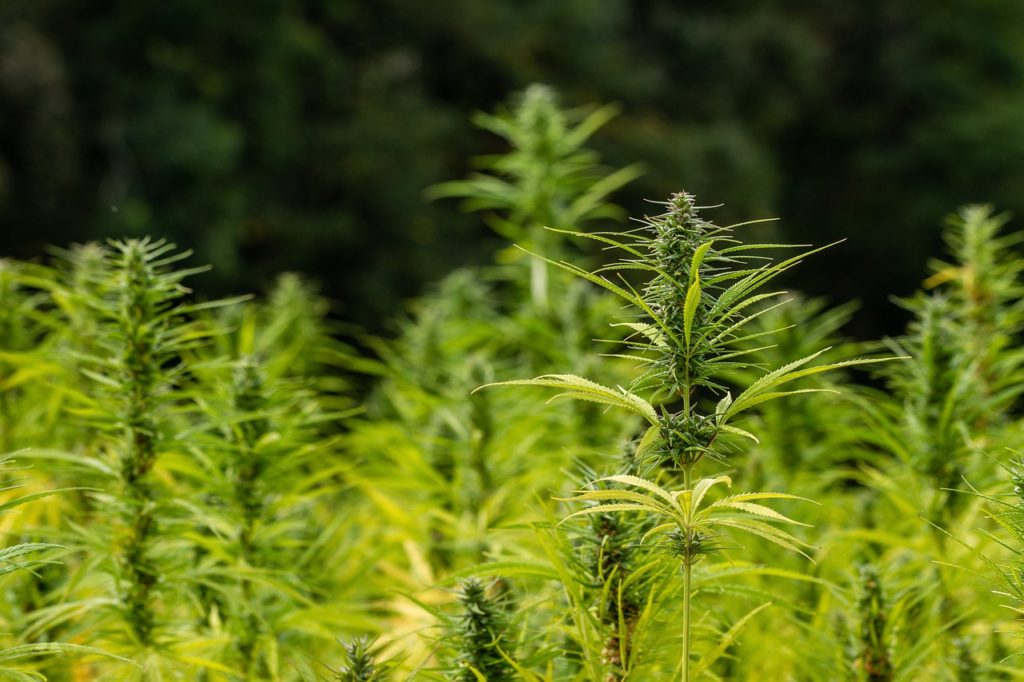It is very important to have enough water to irrigate your hemp to grow. Accordingly, it is also necessary to keep it clean. Normal tap water or well water is not clean enough to irrigate. It contains dissolved gases, chlorine, cations, anions and solids. Reverse Osmosis is the best way to ensure the water you are feeding your plants is the highest quality that it can be.
Growing cannabis: what to know about treating your water


Waste from a reverse osmosis (RO) water purification system has always been a concern. Older RO’s would waste gallons of water to make one good gallon. The smaller system that would fit under sinks is also very wasteful. However, the new RO systems are much more efficient, as well as large enough to supply the needs for growing cannabis. Lately, this is viewed as a better option.
Smaller “Under the Sink” and older RO systems can waste up to four gallons just to make one good gallon. With the large “commercial” scaled systems, that ratio is flipped, with one gallon of waste for every four gallons of product water. That is a 75% recovery rate. Consequently, hemp growers that are using a municipal water line will see the savings immediately after installing.
Hemp growers can assess water quality according to three criteria:
- pH Acidity;
- Rigidity;
- Organoleptic properties.
pH Acidity
The acidity of water determines its ratio of hydrogen to hydroxyl ions. If positive hydrogen ions prevail in the ratio, it will be an acidic solution. People measure their value from 1 to 6.9. If the solution contains more negative hydroxyl ions, then it will be alkali. People measure their value from 7.1 to 14. In pure water, the balance between positive and negative ions has a neutral pH (pH=7).
The pH level affects the plant’s ability to absorb nutrients and minerals. Above all, they are essential for healthy growth and development. All plant species have their own optimal pH value at which it properly absorbs the substances they need.
The optimum pH of water for watering cannabis is 5.5-6.5.


Rigidity
Water hardness is a measure of the quantity of calcium and magnesium ions in water. The water hardness values measure in milligrams per liter (mg/L). Elevated levels of calcium ions in irrigation water disrupt the absorption of important nutrients by the plant. A clear sign of the use of hard water is the formation of a white crust on the soil surface.
The hardest water comes from wells, which contains a lot of impurities. Its hardness index is usually eight to ten mg/L. Relatively low hardness rating is three to six mg/L. The softest water should be rainwater or meltwater, but not in industrial areas. Its hardness is close to zero.
When irrigating cannabis, one must use water with a hardness value of less than 3 mg/L.
Organoleptic properties
Transparency is the most obvious indicator of water purity. It depends on the amount of mechanical or chemical particles in the liquid. The fewer impurities in water, the more transparent it is. Generally the more transparent the water, the cleaner.
Of course, water by nature has no color. If it has any shade, it indicates the content of impurities in it. As a rule, yellow indicates the content of iron salts and decaying products in the water. Also green indicates the presence of microalgae.
Don’t forget about the smell. One of the peculiarities of clean water is the absence of smell. The presence of any smell indicates that the water contains biodegradable products or chemicals. When you use tap water to irrigate cannabis, you can clearly smell chlorine. It makes it unacceptable for irrigation. When you smell hydrogen sulfide, you can say that the water contains pathogens.
Another important property is the taste. The presence of foreign flavors can help to judge the presence of impurities in the water.
Finally, the temperature. Many plants, including hemp, need room temperature water. Low or elevated water temperatures can damage the roots of the plant. This will have a negative impact on its life. You should never water cannabis with boiling water. Boiled water releases oxygen from the roots, which the cannabis needs for its root system to function normally.


Water treatment methods for watering cannabis
First, Letting the impurities settle is the easiest, fastest and cheapest option. It is enough to collect water in a suitable container and allow it to sit about one to two days. It is necessary for a water supply system, as it allows the heavy impurities to settle at the bottom of the container.
Secondly, you can easily clean cannabis water with “ion exchange” or “osmotic filters”. However, water filtration is very time-consuming, especially with high volumes and low-quality filter water. It can also get expensive, as you must always replace filters. However, filtering allows you to almost completely clean the water from impurities and soften it.
Last, the freezing method. Clean water starts to turn into ice at a temperature of 0 degrees. Water with impurities freezes at different temperatures.
Also, don’t forget these methods
Adding peat to the water acidifies it, absorbs heavy metals and saturates humic acids. The color of the water becomes yellowish. In 10 liters of water, it is necessary to immerse about 100 g of peat.
If the water hardness is too high or the soil is too alkaline you can add citric or oxalic acid. This increases the acidity and stabilizes the pH value. You should add two grams of oxalic acid to 10 liters of water.
—
(Featured Image by TinaKru)
First published in Shishkin-Semena, a third-party contributor translated and adapted the article from the original. In case of discrepancy, the original will prevail.
Although we made reasonable efforts to provide accurate translations, some parts may be incorrect. Hemp.im assumes no responsibility for errors, omissions or ambiguities in the translations provided on this website. Any person or entity relying on translated content does so at their own risk. Hemp.im is not responsible for losses caused by such reliance on the accuracy or reliability of translated information. If you wish to report an error or inaccuracy in the translation, we encourage you to contact us.



Comments are closed for this post.